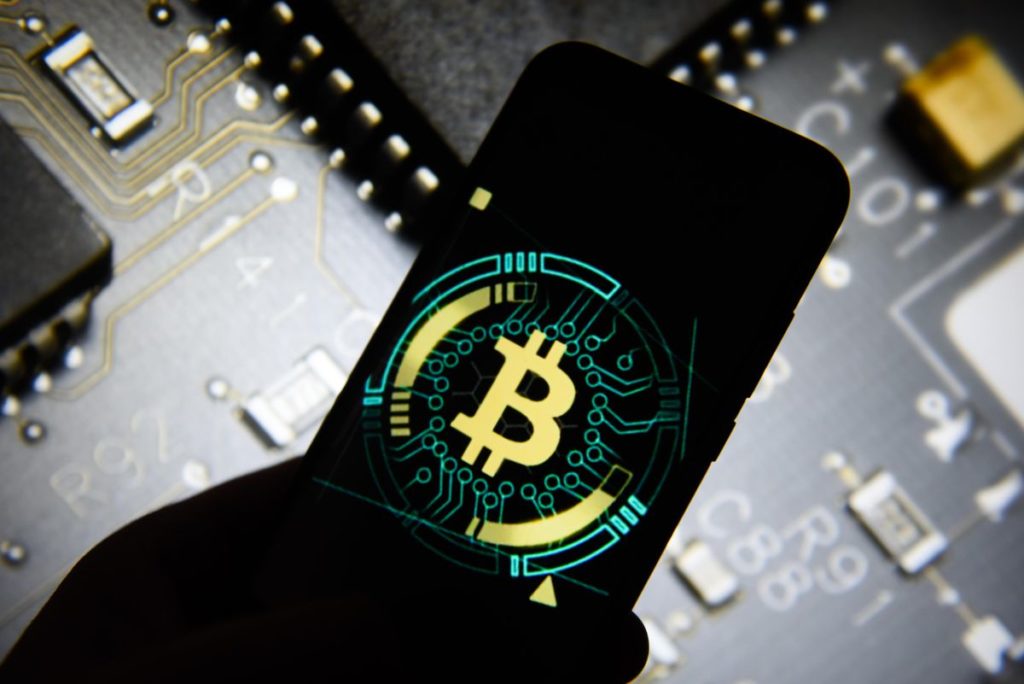
They show how closely Satoshi worked closely with early backers at the time of Bitcoin's launch (here quotation in real time). Although anything written or encoded by Satoshi is inherently valuable to the community, perhaps the most intriguing parts of these messages are neither words nor code, but something seemingly prosaic: timestamps, which present a new conundrum.
The origins of Bitcoin
Finney, who died in 2014, was the recipient of the first Bitcoin transaction. According to a legend, he developed the first proof-of-work system, among other achievements. In November 2008, Satoshi opened Bitcoin to public scrutiny.
Until then, the project that Satoshi had planned for a year and a half had only been privately shared with a select few. On August 22 of that year, he sent an email to Wei Dai, the author of "b-money" and, some time earlier, Adam Back, the creator of Hashcash (whose proof-of -work is used in Bitcoin).
The initial reception was anything but ecstatic, Finney later recalled. “Cryptographers had seen too many big noob projects [in computer jargon: inexperienced] clueless. They had an instinctive reaction. " Around November 16, 2008, Satoshi shared a pre-release version of the Bitcoin code with several members of the cryptographic mailing list, including James A. Donald, Ray Dillinger, and Finney.
“How big do you think it gets? Dozens of knots? Thousands? Millions?"
In an email dated November 19, Finney thanks Satoshi for some corrections and asks about the size the Bitcoin network aspires to as it would affect scalability and performance. Notably, Donald, the first person to respond to Bitcoin's public announcement on the mailing list, had raised the same concern.
"It doesn't seem to scale to the required size," he wrote. This was a harbinger of the scalability debate that ultimately led to the creation of splinter cryptocurrencies including bitcoin cash and so-called layer 2 solutions such as sidechains and Lightning Network.
For Finney, this wasn't just a glitch. Apparently, in his mind, it would have an impact on Bitcoin's future monetary value. A couple of months later, he claimed that if Bitcoin became the dominant payment system in the world, its value should "equal the total value of all the wealth in the world." Extrapolating this logic further, it reached $ 10 million per bitcoin.
In a 2018 interview, Dillinger said that the discussion that started on the public mailing list shifted to private emails and eventually led to Finney and himself helping Satoshi with some parts of the Bitcoin code: “That was when we started talking about floating-point types in the accounting code that I found Hal was involved in the project, ”Dillinger said.
